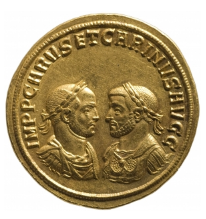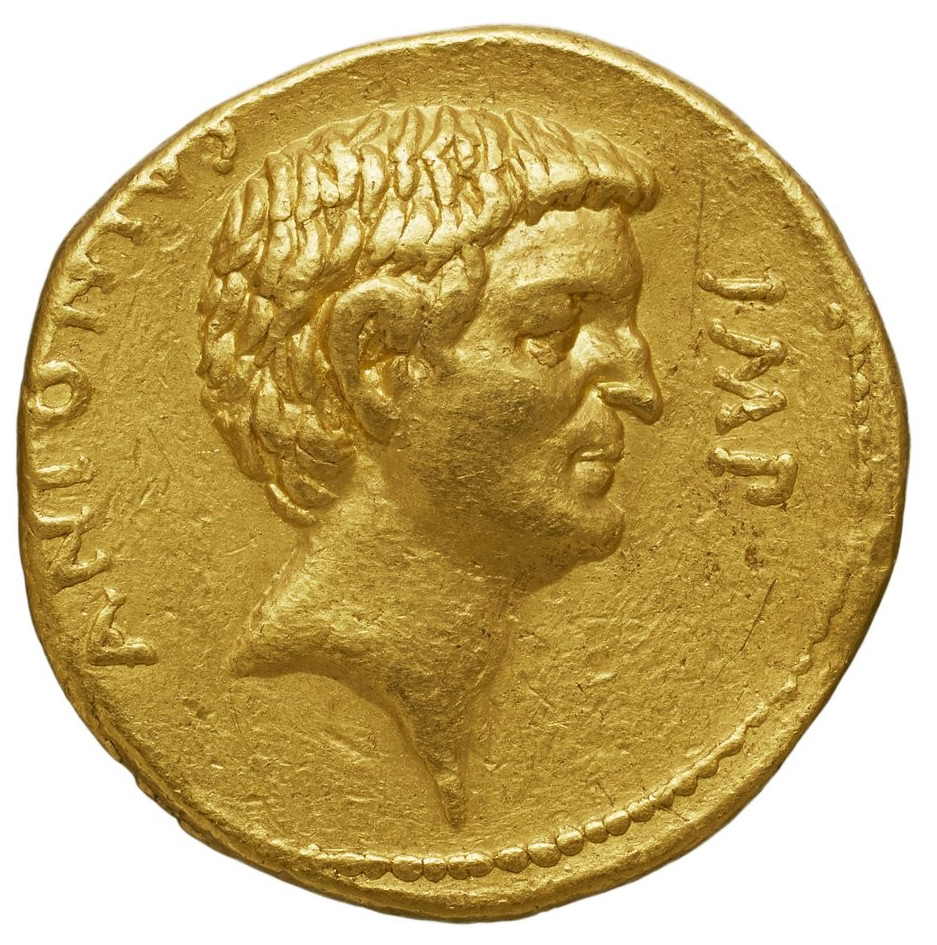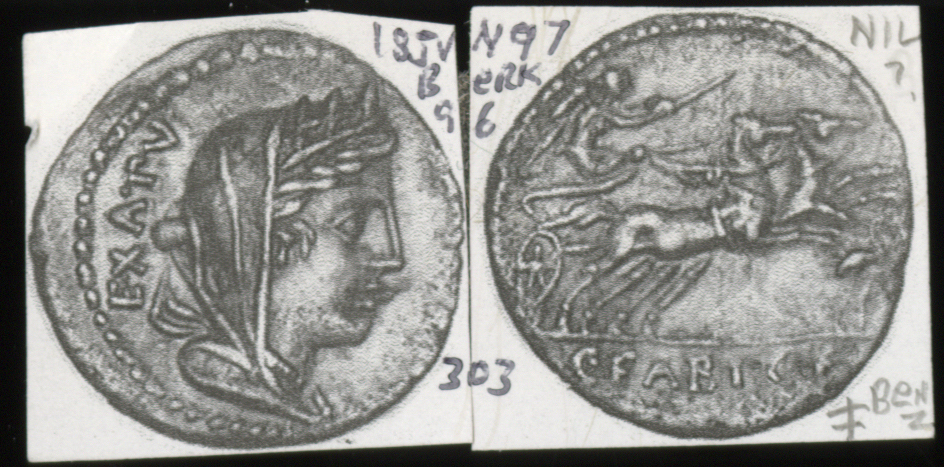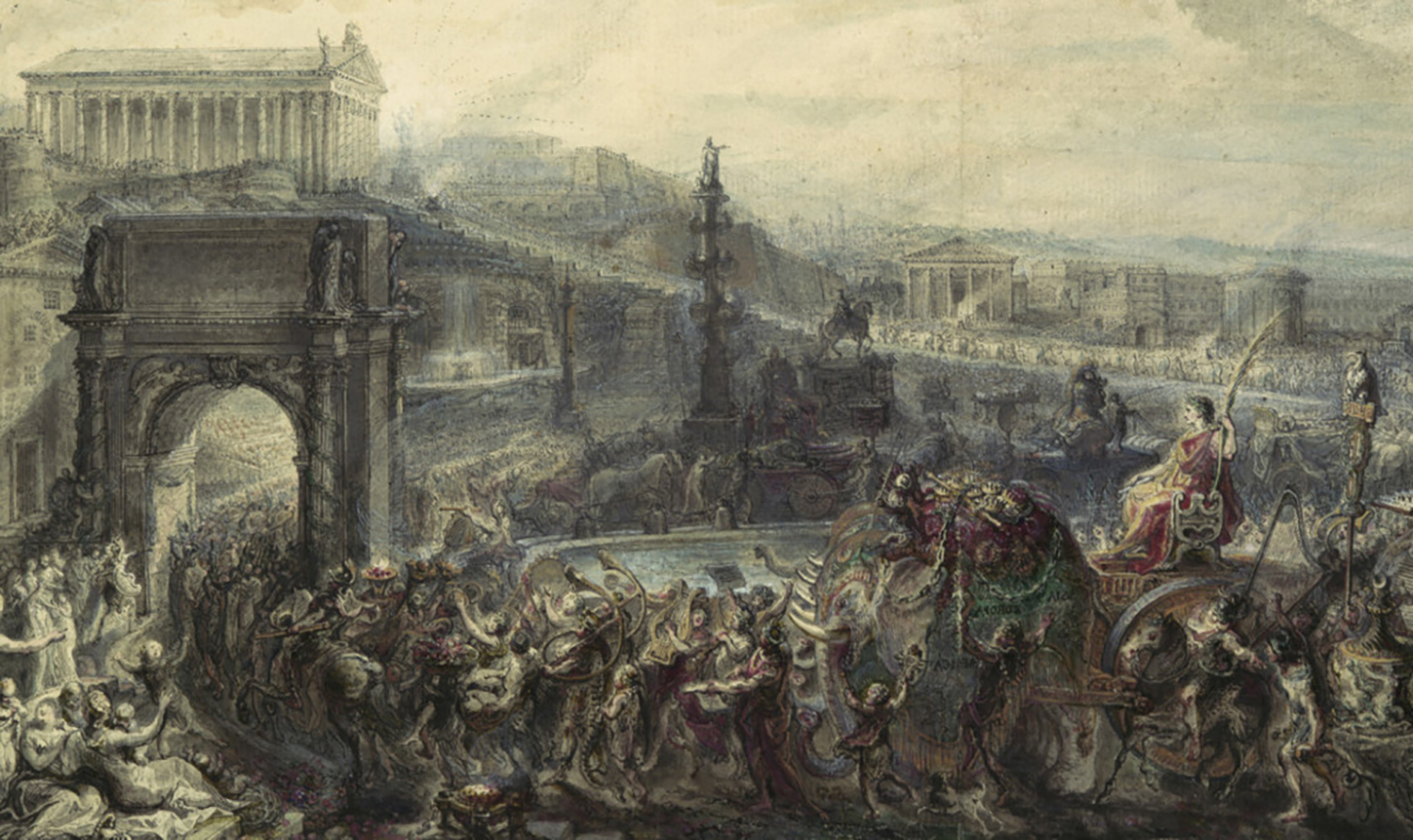The Imperial Family on Third Century Roman Coinage
By Sam Caldis
Coins played a significant role in shaping the public image of the Roman imperial family. The majority of the coins which left the central imperial mints featured the emperor himself and emphasized his activities and virtues, from (re)conquering Britain to his close friendship with Hercules. However, emperors did not always appear solo on their coinage- wives, ancestors, and descendants could all be placed on coins to highlight other marks of distinction for the regime, such as proclaiming ancestry or demonstrating the security of the succession. Although there has recently been a great deal of interest in the place of members of the imperial house on coinage, one aspect which has been largely ignored is the development of familial types – coins which display at least two members of the imperial family together on either the obverse or reverse of a coin.
These types appear early on – Augustus minted coins with his chosen successors, Gaius and Lucius Caesar, together on the reverse. By the end of the reign of Septimius Severus (193-211), familial types had become more common. This is in large part due to the prominence of his two potential heirs, Caracalla (198-211) and Geta (209-211), and their powerful mother, Julia Domna.
The members of this imperial household were mixed and matched to produce a variety of familial types. The most common familial types depict Severus’s sons on the reverse, usually with a legend emphasizing concordia, or harmony. This may have been intended to reinforce the dynasty’s stability to the people of the empire, though it may also have been an unsubtle message from the imperial court to a pair of brothers who were notoriously always at odds.
The rapid turnover of emperors in the third century led to further experimentation with familial types. For example, Gallienus (253-268) has no familial types with his sons and co-emperors Valerian II (253-257) and Saloninus (258-260), but the latter are included in familial types on their mother Salonina’s coins. Instead of appearing as teenage Caesars, Valerian II and Saloninus are depicted with a third child quite literally no bigger than their mother’s knee, emphasizing the fertility and youth of the dynasty.
Perhaps the most interesting shift in familial types during this period is the movement of the family portrait from its usual place on the reverse to the obverse, in some cases. Before the third century, only Augusts and Nero ever produced coinage with an obverse familial type, and these were exceedingly rare. By the end of the third century, the obverse became the preferred location for the family portrait on familial types. Furthermore, the emperor’s solo portrait on the reverse came to be replaced by more traditional imagery, such as deities. A significant number of familial types now looked like “normal” coins with the single emperor on the obverse being replaced by a corporate image of two members of the imperial house. In the rapidly changing political world of the third century CE, emperors experimented with the presentation of their public image in a variety of media as they fought to maintain their position. Familial coin types were one of part of their toolkit, one which received significant attention and innovation.
[Today’s post is authored by Sam Caldis (Brown University) who is taking part in the 2016 Eric P. Newman Graduate Seminar in Numismatics. Sam’s proposed doctoral dissertation topic is collegial rule and imperial power-sharing in the Roman Empire during the third and fourth centuries. Aside from his seminar project, Sam is spending time at the ANS researching the coins and public image programs of fourth-century Roman emperors, studying for his preliminary exams.]









